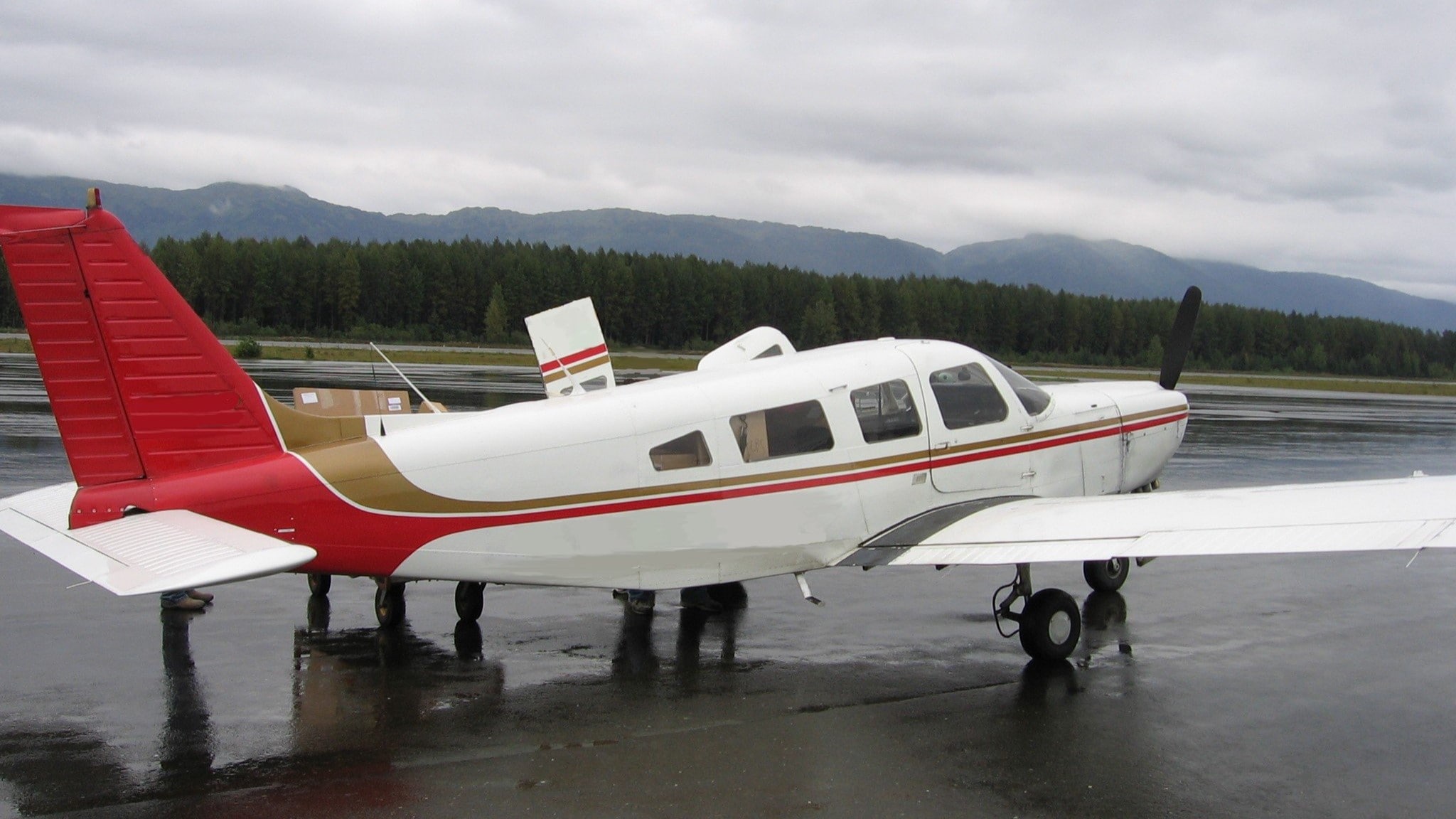At a glance
- A disproportionate number of air taxi and commuter accidents occur in Alaska.
- NIOSH offers resources for pilots to protect their safety and health and reduce common risk factors.

Overview
Air taxi and commuter operators serve as the main link to over 80% of Alaska's villages. This is because these 250+ villages do not connect to the road system. These commuter and air taxi operators transport people, cargo, and mail.
However, this critical mode of transportation can be hazardous. During 1990-2015 there were 1,874 commuter and air taxi accidents in the United States. Commuter and air taxi accidents in Alaska accounted for more than one-third of those events. They also accounted for more than 20% of the fatal events and deaths in the U.S.
Risks
Controlled Flight into Terrain (CFIT)
Research showed the deadliest aviation crashes in Alaska were due to controlled flight into terrain (CFIT), which is the act of flying an airworthy, pilot-controlled, aircraft into mountains, water, or other terrain. NIOSH researchers identified the risk factors associated with CFIT among air taxi and commuter pilots in Alaska during 1990–1998. Based on this and other research, the US Congress funded the Alaska Interagency Aviation Safety Initiative in 2000 to focus on improving safety in air taxi and commuter operations. A NIOSH analysis of air taxi and commuter crashes found there was an average of 35 per year during 1990–1999 and 21 per year during 2000–2009. The number of CFIT accidents decreased from 5 per year during 1990–1999 to less than 2 per year during 2000–2009.
Mid-air Collisions
NIOSH worked as part of the Matanuska-Susitna Mid-Air Collision Avoidance Working Group to address the hazard of mid-air collisions. Representatives from industry and government organizations worked to eliminate overlapping Common Traffic Advisory Frequencies (CTAFs), which are frequencies used by pilots to communicate while operating near an airport or landing area when not in communication with air traffic control.
Recommendations were provided to the Federal Aviation Administration (FAA). As a result, CTAF areas were established to cover a defined geographic area, which may include multiple airports or landing areas, using a single radio frequency. Current maps with CTAF areas are found on the FAA's website and are listed for individual airports in the Alaska chart supplement.
Pilot Fatigue
Fatigue is a general lack of alertness and degradation in mental and physical performance, and can affect pilot alertness, performance, and judgment during flight. The National Transportation Safety Board listed reduction of fatigue-related accidents on their list of Ten Most Wanted Transportation Safety Improvements for 2017-2018. On December 21, 2011, the Federal Aviation Administration issued a final rule for flight, duty and rest times for commercial pilots flying large passenger aircraft.
Non-fatal Injuries
In 2021, the incidence rate for nonfatal workplace injuries and illnesses for the air transportation industry (NAICS Code 481) in Alaska was 5.5 cases per 100 full-time equivalent workers.[1] For medical services delivered during 2019, the State of Alaska Department of Labor and Workforce Development received over 180,000 reports of occupational injury or illness, with more than $58 million paid in workers' compensation benefits for more than 8,900 claims.[2]
NIOSH partnered with the Alaska Department of Labor and Workforce Development to analyze workers' compensation data for aviation-related injuries and illnesses. Descriptive analyses of the workers' compensation data was conducted and reports of injury/illness were categorized by type, severity, and body part affected; claimant occupation; employer industry and industry sector; and geographical location where the injury/illness occurred.
Improving safety
NIOSH developed these resources to improve aviation safety for workers in Alaska.
